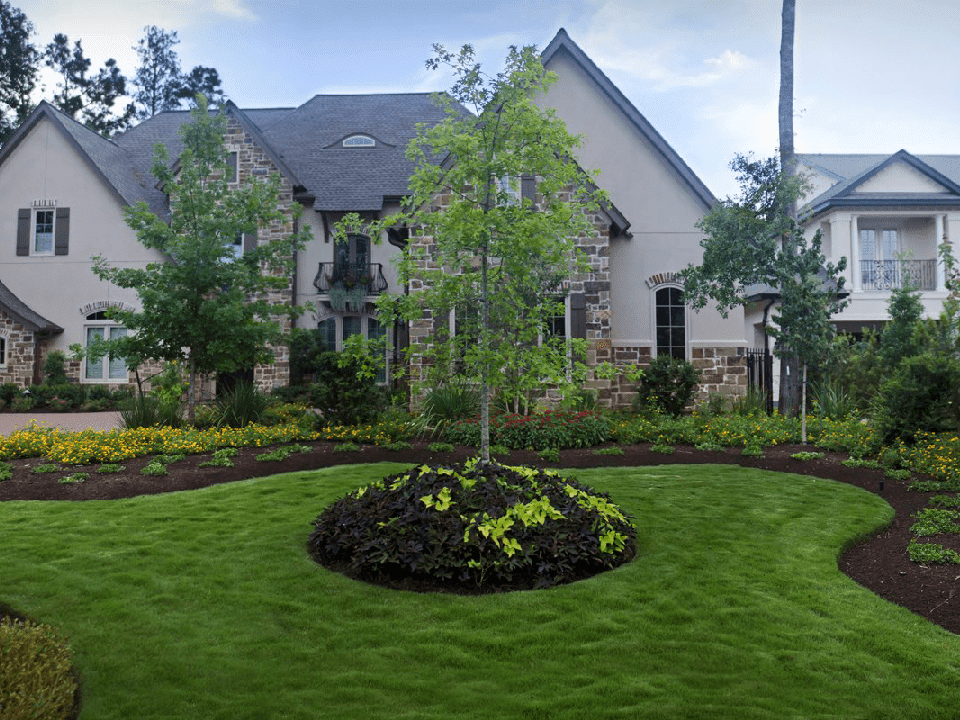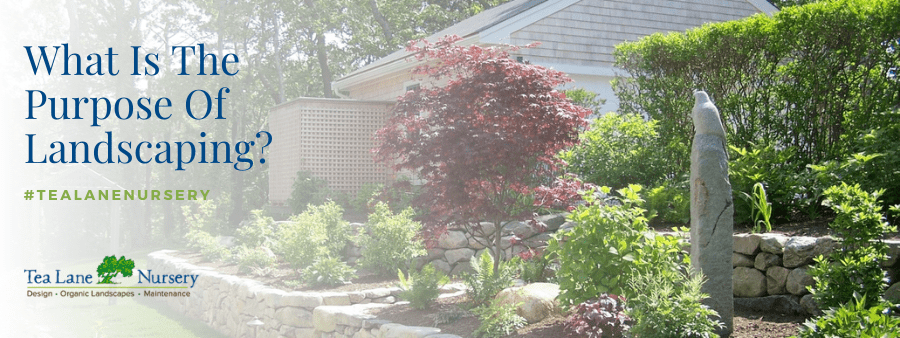The 7-Second Trick For Hilton Head Landscapes
The 7-Second Trick For Hilton Head Landscapes
Blog Article
Some Ideas on Hilton Head Landscapes You Should Know
Table of ContentsFascination About Hilton Head LandscapesThe Facts About Hilton Head Landscapes UncoveredSome Known Factual Statements About Hilton Head Landscapes Unknown Facts About Hilton Head LandscapesHilton Head Landscapes - TruthsNot known Incorrect Statements About Hilton Head Landscapes The 8-Second Trick For Hilton Head Landscapes
Line creates all kinds and patterns and can be utilized in a selection of means in the landscape. Line in the landscape is produced by the side between 2 materials, the rundown or silhouette of a kind, or a long straight feature. Lines are a powerful tool for the developer because they can be made use of to create an infinite variety of shapes and kinds, and they control movement of the eye and the body.

Lines can have several features, such as those described below, but they typically serve various functions. Number 1. Lines in the landscape - landscapers hilton head island. The residential or commercial properties of lines figure out how people reply to the landscape, both psychologically and physically. Straight lines are structural and strong; they develop an official character, are usually related to a balanced design, and lead the eye directly to a centerpiece.
Hilton Head Landscapes Can Be Fun For Anyone
Straight lines are usually found in hardscape sides and product. Curved lines develop an informal, all-natural, relaxed personality that is linked more with nature and unbalanced equilibrium. Rounded lines move the eye at a slower rate and include mystery to the room by producing surprise views. Upright lines move the eye up, making a room really feel bigger.
Upright lines in the landscape include high, slim plant material, such as trees, or tall structures, such as an arbor or a bird house on a pole. Straight lines move the eye along the ground plane and can make a room feel larger. Low lines are a lot more controlled and develop a sensation of remainder or repose.
See This Report on Hilton Head Landscapes
Reduced lines are developed by reduced garden wall surfaces, sidewalks, and short hedges. Lines are utilized to attract kinds on a strategy. In plan sight, they specify plant beds and hardscape areas. Lines are likewise produced by the vertical types of developed attributes and plant product. There are 3 primary line types that develop type in the landscape: bedlines, hardscape lines, and plant lines.
Bedlines attach plant material to the residence and hardscape since the eye adheres to the line, relocating the look through the landscape. Hardscape lines are created by the side of the hardscape, which delineates the constructed structure. Line can additionally be produced by lengthy and slim materials, such as a fence or wall.
Fascination About Hilton Head Landscapes
Type is discovered in both hardscape and plants, and it is commonly the dominant visual aspect that spatially visit their website organizes the landscape and commonly establishes the design of the garden. The kind of structures, plant beds, and yard accessories likewise determines the general kind motif of the garden. Official, geometric forms include circles, squares, and polygons.
Plants produce form in the garden with their outlines or silhouettes, however form can also be specified by a space or unfavorable area in between plants - landscape design hilton head (https://allmyfaves.com/h1tnhdlndscps?tab=h1tnhdlndscps). Circles can be complete circles, or they can be divided into fifty percent circles or circle segments and incorporated with lines to create arcs and tangents
Indicators on Hilton Head Landscapes You Should Know
Circles are a strong layout kind because the eye is constantly attracted to the facility, which can be used to highlight a focal point or connect other forms. Circular types in hardscape and yard panels.
The square kind can likewise be segmented and used continuously to produce a grid pattern. Unlike circles, squares are more powerful on the brink, which can be aligned or overlapped to develop unique patterns and even more intricate types. Polygons are many-sided forms with straight edges. Triangles, as an example, are three-sided polygons.
Twisting lines often simulate the natural training course of rivers or streams and can be called smooth lines with deeply curved wavinesses. Meandering lines (Figure 3) work well for pathways, plant bedlines, and dry stream beds. Meandering lines can include passion and secret to a garden by leading audiences around edges to find new sights and rooms.
The Hilton Head Landscapes PDFs
Typical plant types are well developed and standardized, as type is the most consistent and well-known characteristic of plants. Type can additionally be developed via the massing of plants, where the total mass creates a various form than a specific plant.
An extremely contrasting form should be utilized with careone or more work well as a focal factor, but too lots of wreak havoc. Natural plant types, rather than over-trimmed forms, need to develop the bulk of the structure. The importance of total form is much more or much less dependent on the viewing perspectivethe kind of a tree can appear fairly different to a person standing under the cover versus checking out the tree from a range in an open area.
An Unbiased View of Hilton Head Landscapes
Plant types also create and specify the space or open areas between the plants, developing either convex or concave types in the spaces. High-arching tree branches typically produce a concave open area under the branches, and a round cover with low branches loads the area to develop a convex form outdoors space under the tree.

Report this page